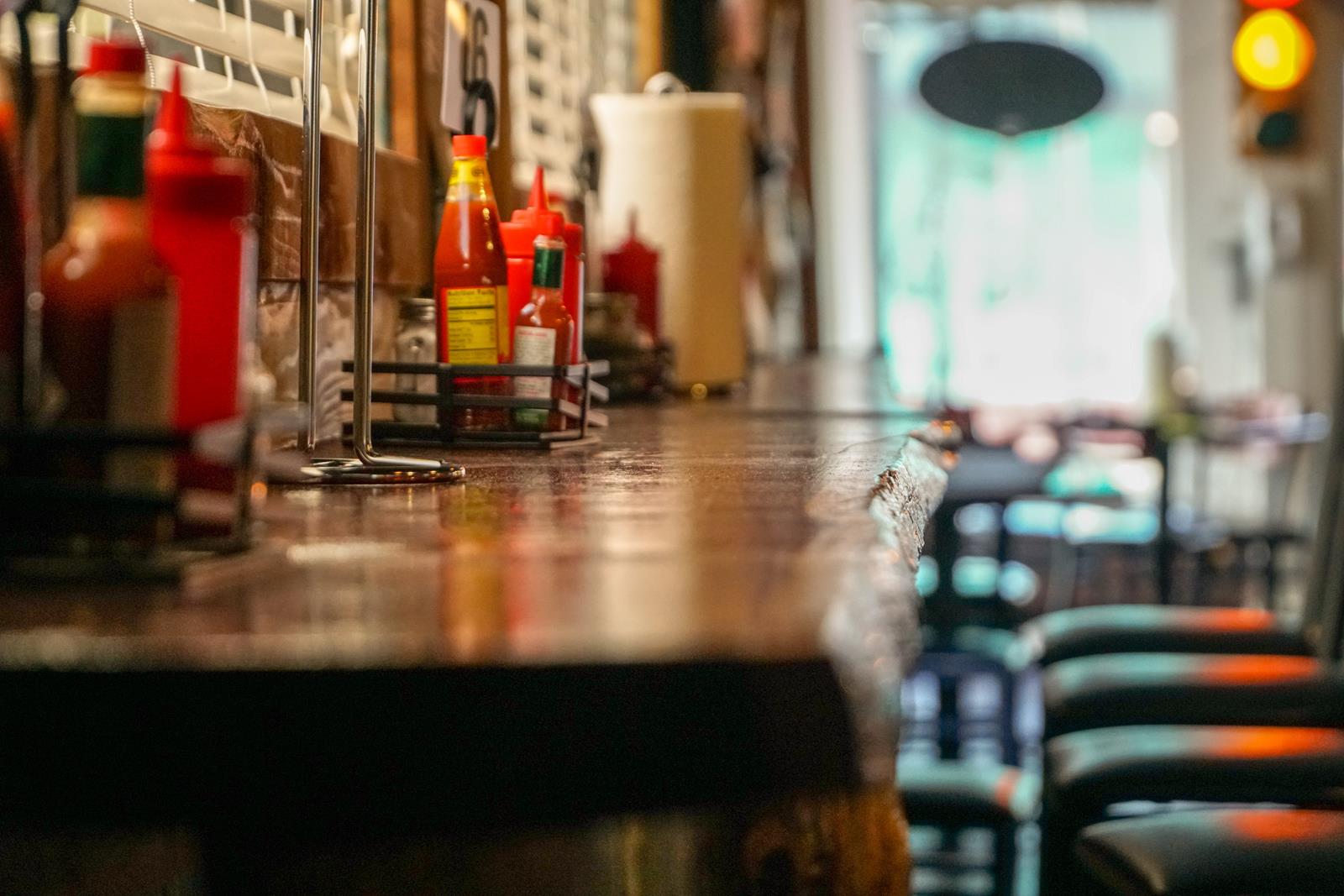A restaurant, or more importantly an eatery, is usually a privately owned business that serves and prepares food and beverages for customers. The term may also refer to a fixed kitchen or prep kitchen within a building or may be used to describe a public establishment that serves lunch, dinner, or breakfast. Restaurants differ greatly in appearance and offerings, from a wide array of mid-range fast food restaurants to upscale, private, and luxury restaurants. They are usually run by a single owner or a staff of less than ten, although a higher percentage of restaurants employ more than twenty people. Some restaurants specialize in particular food categories such as Chinese, Italian, French, Japanese, Korean, and Spanish cuisine. In addition, some specialize in a particular type of cuisine (fast food, casual dining, or fine dining).
Many of the most popular and successful restaurants have been owned and operated for many years by the same family or have a similar history. Many families that own restaurants often start their own business in a small apartment or garage and turn it into a successful and profitable business. Owners often have strong local roots, enjoy working hard, and have a genuine desire for excellent customer service and an atmosphere that reflect their own personal style.
Digital technology has made it possible to provide restaurants with even greater flexibility. Through digitization, the restaurant menu and promotional materials can be highly stylized and computerized. Restaurants use a variety of marketing tools to promote their services such as digital signage, point-of-sale displays, menus, counter displays, and logos. Restaurants that embrace this marketing strategy will find that customers will feel like they are in a “pub” or club as they dine. The atmosphere becomes that of an upscale, quality dining experience. The quality and service of restaurants that digitize America will likely create a demand for similar establishments in other communities.
The restaurant point-of-sale display is becoming increasingly important in today’s society. An increasing number of restaurants use them to display special offers, coupons, or other information about the restaurant. The menu and promotional materials for these types of venues should reflect the theme of the entire business. For example, a bistro with a French bistro themed restaurant might utilize signage that says, “French Bistro.” Likewise, an elegant French restaurant could have signage that indicates its French cuisine selections and other helpful information.
Online video footage is another important tool for restaurants. Many of the most popular and successful casual dining establishments are using video websites such as YouTube to upload entertaining and informative videos about their establishments. These videos are also great for impressing customers. In fact, restaurant owners who are careful about what clips they feature on their site may end up attracting even more customers through viral marketing efforts!
Another way that restaurants can distinguish themselves from casual dining establishments is by using wine. Many fine dining establishments serve excellent food, but they often use wine instead of alcohol. In some ways, this seems contradictory. However, wine can be used as part of an overall strategy to differentiate restaurants from casual dining establishments.
Often, waiters and/or chefs at fine dining establishments carry a menu that can be viewed while standing in line. This menu is often written in a language that most people can easily understand. If the wait staff has trouble communicating with guests, this can cause confusion and frustration among customers. Likewise, if the chef cannot explain the difference between certain dishes and others, a potential customer may assume that the restaurant cannot produce the correct dishes. If the restaurant uses a website, the wait staff can offer directions to the nearest restaurant or explain the difference between the two foods.
Finally, there are often people in the food service industry who specialize in preparing one type of cuisine. Many of these specialties are usually regionally specific. Specialties such as French, Italian, Mexican, and Japanese cuisines can provide opportunities for restaurants to differentiate themselves from competition. In addition to using local produce, specialties can be prepared by employees who have additional education or certification.
